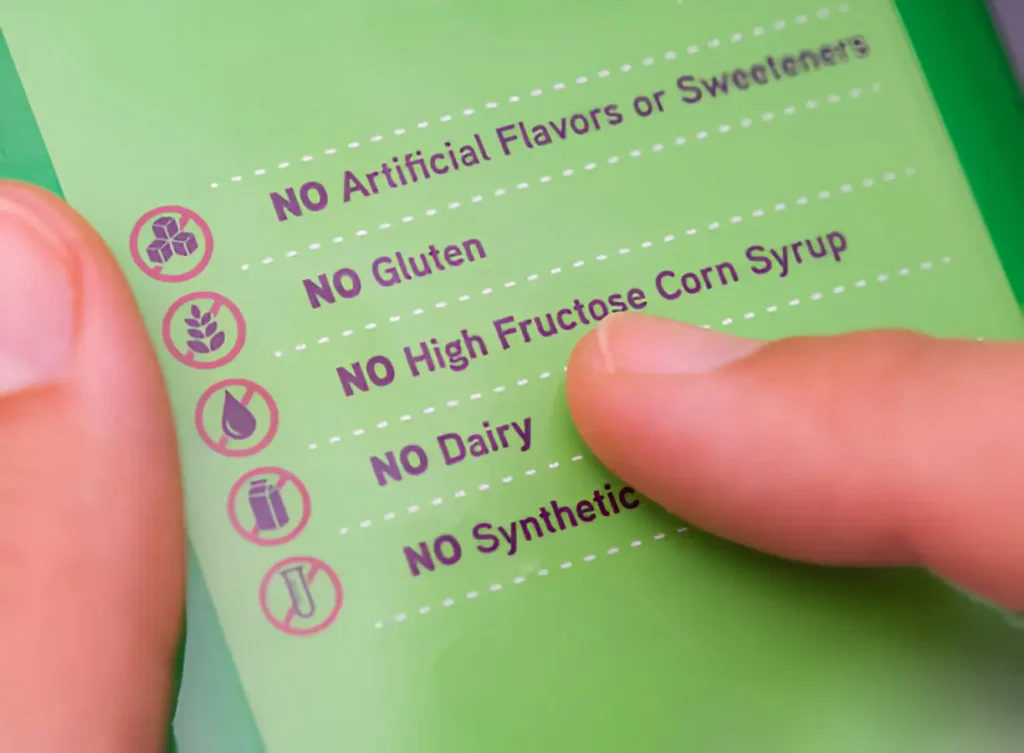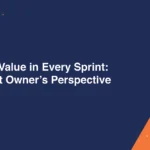Reading feed labels may seem confusing at first glance. They contain numbers, words, and claims that can overwhelm anyone. But understanding them is important for your animals’ health.
Every animal needs specific nutrients to grow and stay active. A proper feed helps support their daily energy and long-term well-being. So, what should you look for when reading feed labels?
Learning how to read them correctly helps you make better choices. Let’s explore the key parts of feed labels and what each one means.
Check the Guaranteed Analysis Section First
This section shows the amounts of protein, fat, and fiber. It tells you what nutrients your animal will receive per serving. Compare this with your animal’s needs based on species and age.
A growing calf needs more protein than an adult goat. If values seem low or too high, the feed may not be suitable.
Always read the numbers before trusting the front label. The guaranteed analysis gives the clearest picture of nutritional quality.
Look at the Ingredients List Carefully
Ingredients are listed from highest to lowest amount. Whole grains, soybean meal, and vitamins are good signs. Avoid feeds with too many fillers or unnamed by-products.
If the first few items seem unfamiliar or vague, stay cautious. High-quality ingredients mean better energy and digestion.
Always aim for feeds with clear and trusted sources. This step helps you get them better food without guessing what’s inside.
Know the Purpose Statement of the Feed
Every label must say what the feed is made for. It should mention the type of animal and its life stage. This helps you avoid giving the wrong feed to the wrong species. For example, a rabbit feed won’t suit a chicken.
Check if it’s meant for maintenance, growth, or reproduction. Buying feed with the right purpose improves health outcomes. This simple check helps match your feed with your animal’s exact needs.
Understand Feeding Directions and Warnings
Feeding instructions help you know how much to give daily. Follow them based on weight, age, and activity level. Some feeds require mixing or gradual transition steps.
Warnings often mention restrictions, such as not for pregnant animals. If ignored, your animal may gain too much weight or become sick.
Always read this part before feeding anything new. It helps prevent overfeeding, underfeeding, or giving it to the wrong animal group.
Check for Manufacturer Details and Expiry Date
A trusted brand or feed mill often means higher feed quality. Look for the company name, location, and a contact number. This shows responsibility and traceability.
Also, check for production or expiry dates. Old feed can lose nutrients and attract mold. If the date is missing, consider another option.
A good label always shows clear manufacturer information and shelf life. This protects your animals from harmful or outdated feed.
Learn Why Reading Labels Matters
Understanding feed labels helps you make better choices every time. You don’t need to guess or go by pictures alone. Each label gives clues about what’s inside and who it’s for.
Always check the guaranteed analysis, ingredients, purpose, directions, and expiry. Doing so helps you choose safe, healthy, and useful feed for your animals.
When in doubt, ask or research before buying. With practice, you’ll shop smarter and support better animal care with every bag of feed.
Did you find this article helpful? If so, check out the rest of our site for more informative content.
Also Read- How Electronic Health Records Reduce Medical Errors







